Everest Base Camp Trek 12 Days: An Authentic Himalayan Adventure
If you’ve ever dreamed of standing at the foot of the world’s highest peak, the 12-day Everest Base Camp Trek promises an unforgettable journey. While we haven’t personally trekked it, plenty of travelers have shared their impressions, and the consensus is that this is a rewarding, challenging, and visually spectacular trek. Designed for those who crave authentic mountain experiences without the hassle of extreme technical climbing, this trek strikes a neat balance between adventure and comfort.
What we find most appealing is the stunning scenery—from the bustling streets of Kathmandu to the quiet, prayer-flag-draped monasteries at Tengboche, and the jaw-dropping Khumbu Glacier that’s almost a character in itself. Another highlight is the fact that you get to fly into Lukla, a tiny airport perched on a mountain ledge, which adds a sense of thrill right from the start. The potential downside? The high altitude can be tough, and the physical demands mean it’s best suited for those in good health and with some stamina.
This trek is best suited for adventurous travelers looking for a cultural-rich high-altitude experience. If you’re comfortable with moderate physical activity and have a sense of adventure, you’ll find this trek offers a life-changing view of the Himalayas and a chance to connect with Sherpa culture. It’s not for those over 70 or anyone with serious health issues, but for most fit travelers, it’s an accessible challenge with immense payoff.
Key Points
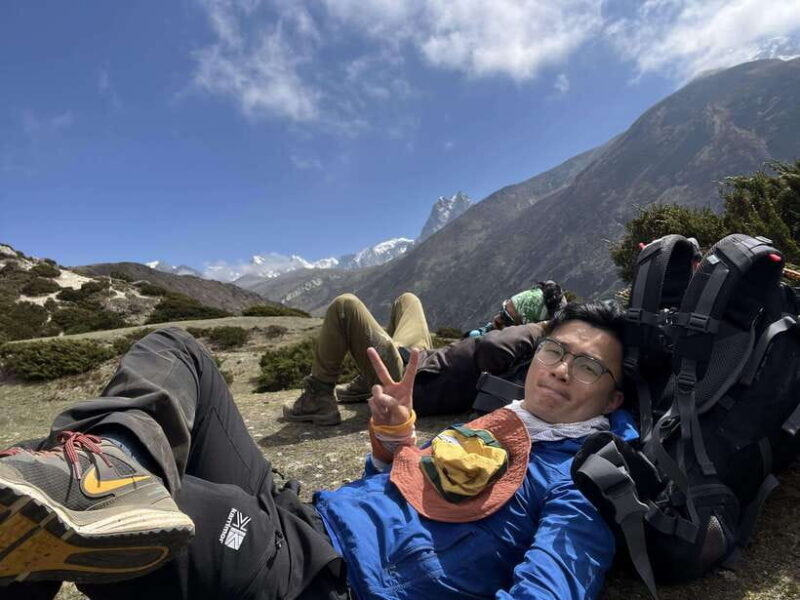
- Authentic Himalayan Experience: Combines stunning mountain views with Sherpa culture and monasteries.
- Comfort and Convenience: Includes accommodations, meals, permits, and domestic flights, making it manageable for first-timers.
- High-Altitude Acclimatization: Well-paced with designated rest days to help your body adjust.
- Spectacular Scenery: From lush forests and vibrant markets to the Khumbu Glacier and Everest’s base camp.
- Cost-Effective Value: At $1,839, it delivers a comprehensive adventure with all essentials covered.
- Practical Tips: Requires trekking gear, water bottles, and water shoes—be prepared for cold and variable weather.
A Highly Detailed Look at the 12-Day Everest Trek
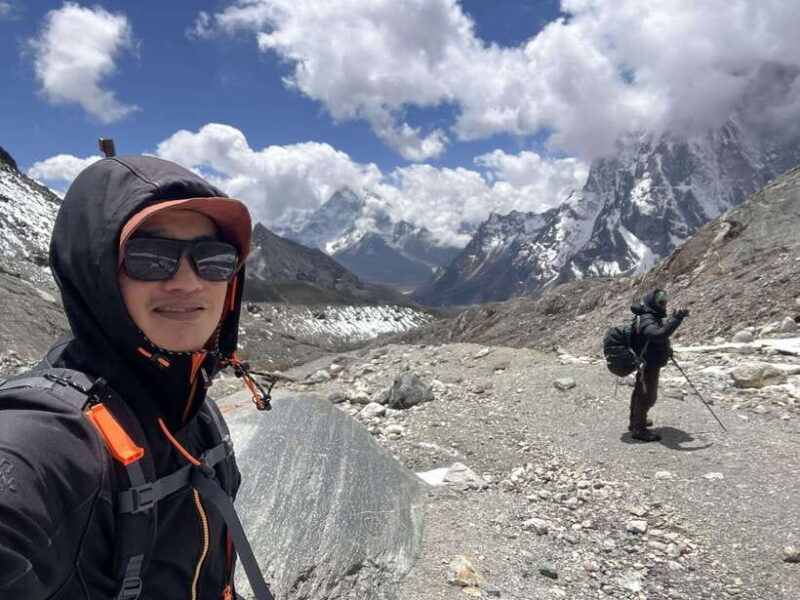
Getting Started: Kathmandu to Lukla
Your adventure kicks off with a short, scenic flight from Kathmandu (1,400m) to Lukla (2,860m). That flight alone is worth it; it’s often described as a “tiny plane flying over mountains that seem to touch the sky.” From Lukla, you’ll trek to Phakding, a quiet village where the first steps in high-altitude living begin. Expect a gentle walk along a well-trodden trail, with lush forests and lovely river crossings.
Exploring Namche Bazaar
Day 2’s trek leads you to Namche Bazaar (3,440m), a lively Sherpa town packed with markets, shops, and cafes. It’s a hub for trekkers and mountaineers alike. We love the way the town blends commerce with tradition, and you’ll find plenty of opportunities to acclimatize and enjoy delicious local food. Be sure to spend the afternoon resting—your body needs to adapt to the altitude here.
Acclimatization and Cultural Highlights
Day 3 is an important rest and acclimatization day. Many travelers use this time to hike a bit higher and then descend, helping their bodies adjust. You might visit the nearby Sherpa Museum or the monastery with panoramic mountain views, which are often praised for their peaceful atmosphere and stunning vistas.
From Tengboche to Dingboche
Next, the trail ascends to Tengboche (3,810m), home to a famous monastery that offers sweeping views of Everest, Ama Dablam, and other giants. The trek continues through alpine forests and rhododendron bushes, and you get your first glimpse of these iconic Himalayan peaks. The scenery here is breathtaking and will stay with you long after the trek.
High-Altitude Progression
Moving into Dingboche (4,410m), the altitude increases, and so does the sense of adventure. This village is another key acclimatization stop, giving you time to prepare for the higher altitudes ahead. Many reviews highlight how well the schedule balances trekking and rest, which is crucial for avoiding altitude sickness.
Lobuche, Gorakshep, and Everest Base Camp
From Dingboche, you trek toward Lobuche (4,910m), gradually gaining altitude. From Lobuche, it’s another short day to Gorakshep (5,140m), where you’ll spend the night before heading to Everest Base Camp (5,364m). The final approach to Base Camp is often described as an emotional moment, where you stand amidst the glaciers that have carved the landscape for millennia.
The Highlight: Everest Base Camp
Reaching Everest Base Camp is a feat that many find deeply rewarding. The camp itself is a jumble of tents, with climbers bustling around preparing for their summit bids. You’ll get a close-up view of the Khumbu Glacier, and the experience is both humbling and exhilarating. Travelers often note that this moment is “surreal,” and the views of Everest’s south face are unforgettable.
The Return via Kala Patthar
On Day 9, many choose to wake early and trek to Kala Patthar (5,555m), the best spot to see Everest’s summit up close and capture that perfect photo. The climb is steep but manageable with proper acclimatization. Afterward, you descend back to Pheriche, a cozy village where many find relief from the higher altitude.
Descending and Returning to Kathmandu
From Pheriche, the trail loops back through Namche Bazaar, allowing for one last look at the Himalayas. The final days retrace your steps through the lush forests and villages, culminating with a flight from Lukla back to Kathmandu. Many reviews praise this return as an emotional rollercoaster but also a kind of homecoming.
You can also read our reviews of more hiking tours in Pheriche
Practical Details and Value

Pricing & What’s Included
At $1,839 per person, this trek offers solid value considering what’s covered: all permits, domestic flights, accommodations, meals, a knowledgeable guide (including their food, accommodation, and insurance), and some transportation costs. The inclusion of two nights in Kathmandu at a 3-star hotel gives you a comfortable start and finish.
Additional Expenses
Travelers should budget for personal expenses, gear, beverages, and water, as these aren’t included. Many find that having at least one porter (recommended at a maximum of 25kg load) greatly eases the physical toll, especially at higher altitudes.
Best Time to Trek
Spring (March-May) and Autumn (September-November) are ideal for clear skies and stable weather. Winter is colder but doable if you’re prepared, while summer’s monsoon season makes trails muddy and risky.
Group Size & Guides
This is a private group experience with guides speaking English, German, or Spanish, which enhances your understanding of the local culture and environment. Small groups foster a more personalized experience.
What Real Travelers Say
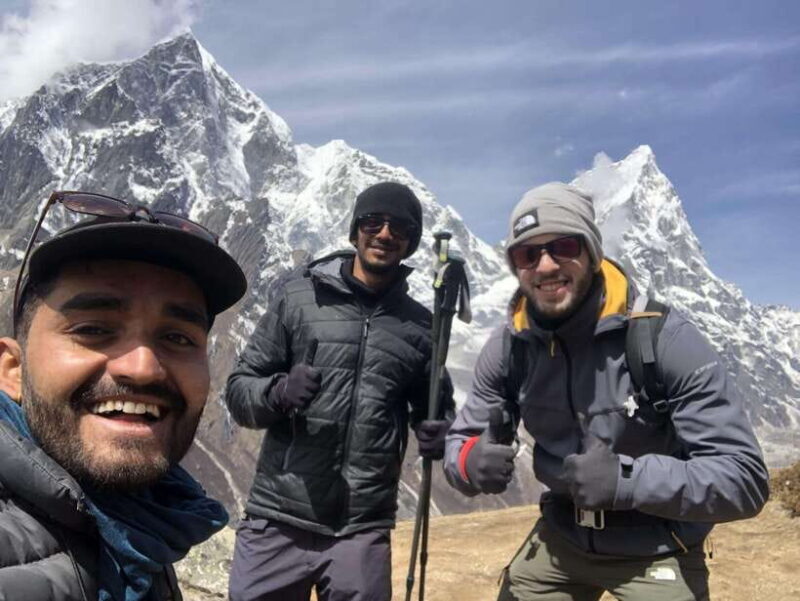
Many reviewers praise the stunning views and the delicious food along the way. One mentioned the “amazing opportunity to see the Himalayas up close,” while others appreciated the balance between challenge and comfort, citing well-organized accommodations and meals.
Some warn that the trek is physically demanding, especially at higher altitudes, but that the journey’s rewards outweigh the effort. A common theme is the sense of achievement upon reaching the base camp, which feels like an authentic victory over one’s limits.
Final Thoughts
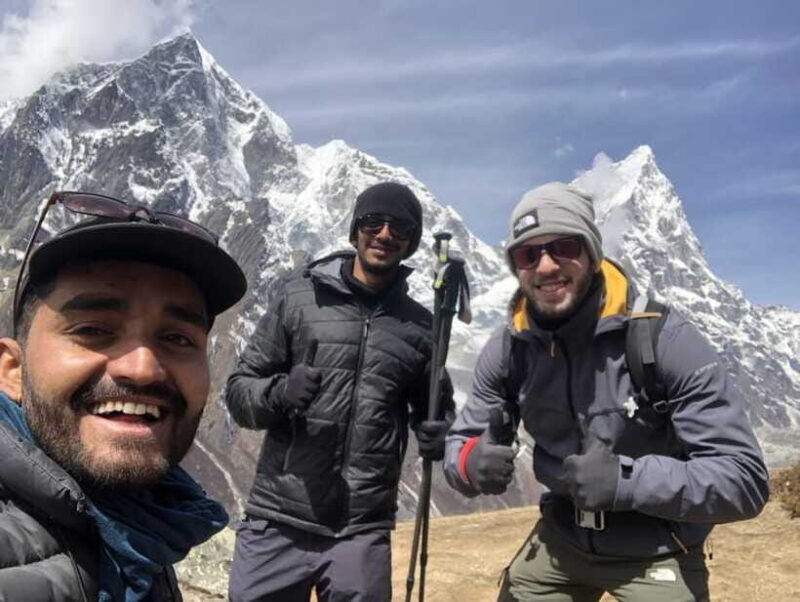
This 12-day Everest Base Camp trek offers a comprehensive, well-organized route that combines spectacular scenery, Sherpa culture, and manageable logistics. Its inclusive price makes it accessible for most travelers willing to prepare for a high-altitude adventure. The opportunity to witness glaciers, prayer flags fluttering in the wind, and the world’s tallest mountain up close makes it a bucket-list experience for many.
It’s best suited for those with a good level of fitness who are eager to experience the Himalayas without technical climbing. If you’re looking for a meaningful trek that balances adventure, comfort, and authenticity, this tour checks all those boxes. Just remember: the altitude can be tough, but the memories will last a lifetime.
More Great Tours NearbyFAQ
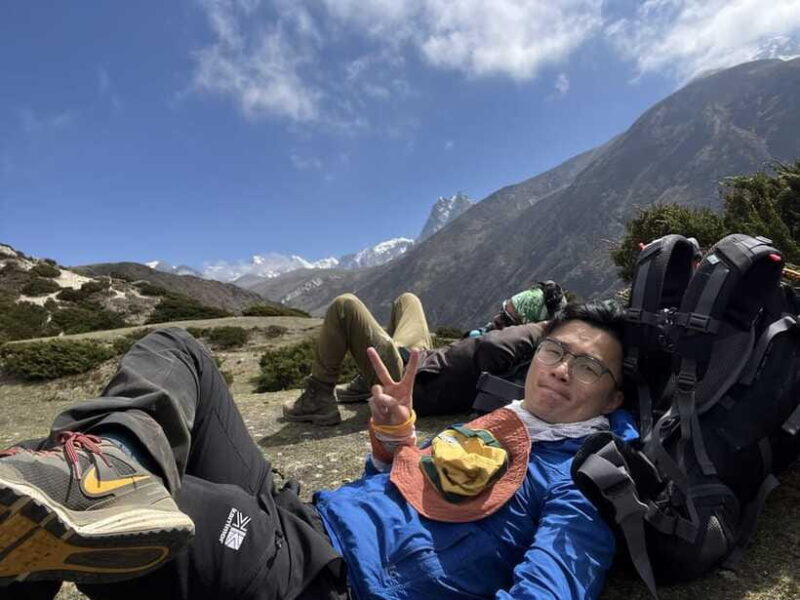
What is included in the price?
The $1,839 covers permits, all domestic flights, accommodations, meals (breakfast, lunch, dinner, tea/coffee), a guide, first aid kit, and public transportation during the trek. Two nights in Kathmandu are also included.
Do I need special gear?
Yes, trekking gear is recommended, along with water shoes, waterproof and warm shoes, and a waterproof bag. Proper clothing is essential for variable weather conditions at high altitudes.
Can I cancel if my plans change?
Yes, there’s a free cancellation option if you cancel up to 24 hours in advance, allowing you to book with flexibility.
Is it suitable for beginners?
While the trek is physically demanding, it’s generally suitable for fit travelers with some hiking experience. It’s not recommended for people over 70 or with significant health issues.
What is the best season to go?
Spring (March-May) and Autumn (September-November) are ideal—clear skies and stable weather. Winter is colder but manageable; summer is less favorable due to monsoon rains.
How many people will be in my group?
This experience is in a private group setting, so your trekking group size will depend on your booking.
In summary, this Everest Base Camp trek offers a well-rounded Himalayan adventure—stunning vistas, Sherpa hospitality, and a true sense of achievement. For those prepared for the physical challenge, it’s a trip that will stay with you long after you’ve returned home.
You can check availability for your dates here:More Hiking & Trekking Tours in Pheriche
More Tour Reviews in Pheriche
Not for you? Here's more nearby things to do in Pheriche we have reviewed
- Everest Base Camp Trek
- Kathmandu: 20 Day Everest Base Camp Trek with Kalapatthar
- Kathmandu : 14 -Day Everest Base Camp with Kala Patthar Trek
- Everest base camp trek 12 days
- Lukla: 11-Day Everest Base Camp Trek from Lukla with Guide
- Nepal: Everest Base Camp with Kalapathar Trek
- From Kathmandu: 12 – Day Everest Base Camp Guided Trek
- Kathmandu: Everest Helicopter Tour with Syangboche Landing
- From Kathmandu: 11- Day Everest Base Camp Trek with Guide
- Kathmandu : Budget 15-Day Everest Base Camp Trek /2025
- From Lukla: 18-Day Everest Base Camp and Gokyo Lakes Trek
- Everest Base Camp Trek from Kathmandu – Scenic 12 Days Trek
